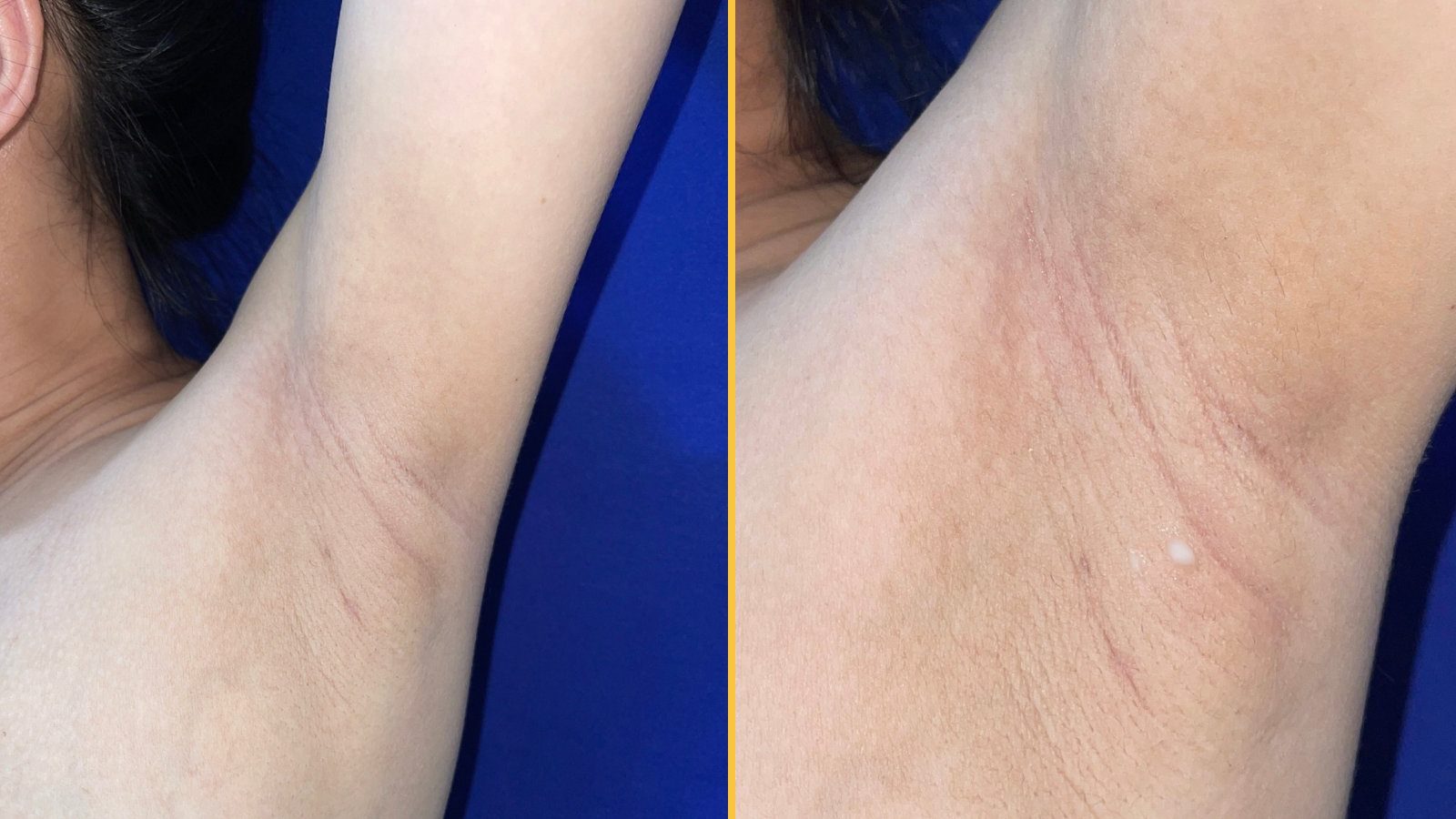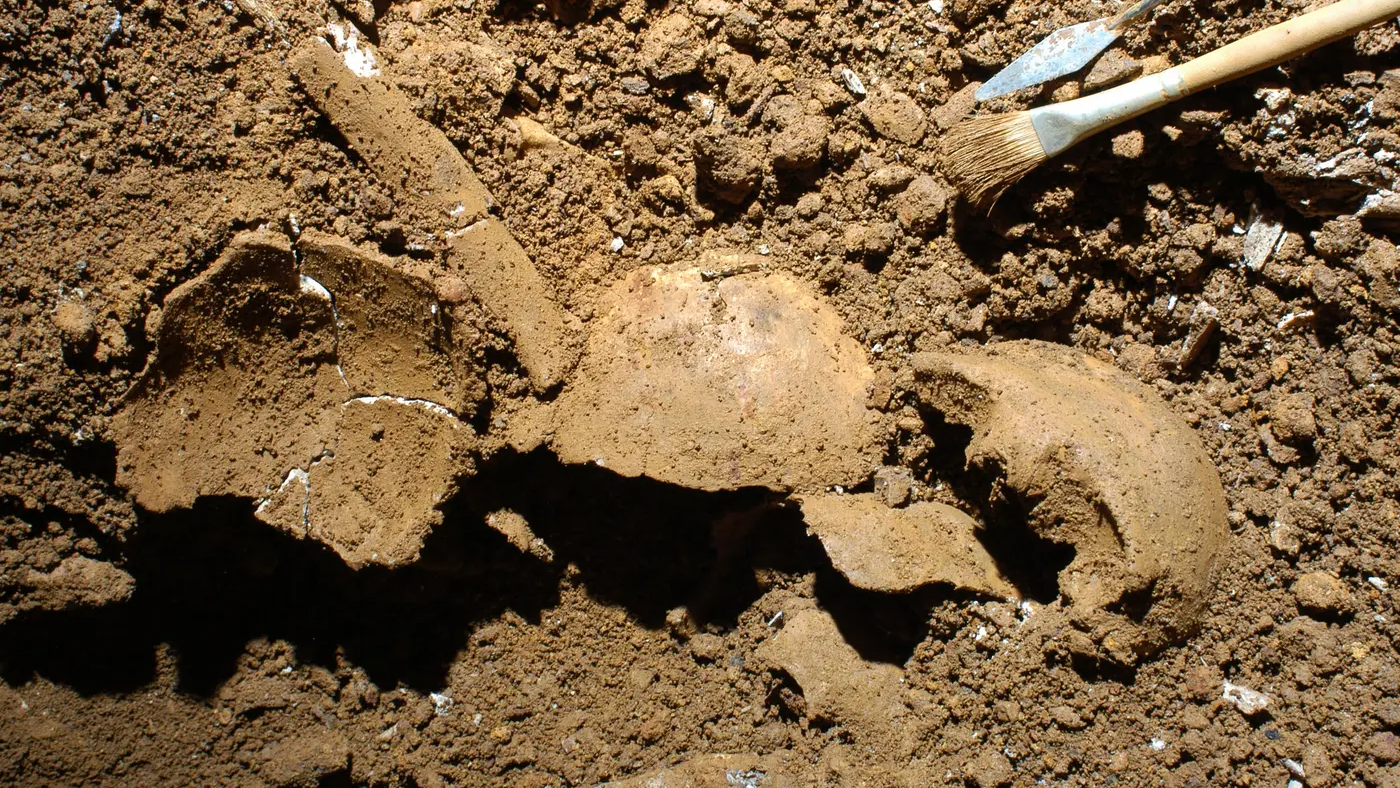Diagnostic dilemma: Milk leaking from woman's armpits revealed 'ectopic breasts'
After giving birth, a woman noticed that she produced milk from both her mammary glands and her armpits.

The patient: A 35-year-old woman in the Philippines
The symptoms: The woman visited the hospital because she had swelling in both armpits. The lumps were irregularly shaped and skin-colored, and measured 2.2 by 1.7 inches (5.5 by 4.2 centimeters) in the right armpit and 1.5 by 0.4 inches (3.9 by 0.9 cm) in the left armpit. The lumps were not tender or bleeding, nor were they unusually warm to the touch.
The patient was breastfeeding when the swellings appeared, as she'd recently had a baby. When doctors kneaded the swollen areas in her armpits, droplets of milk leaked from the hair follicles.
What happened next: According to the woman, similar swollen areas had first appeared 15 years earlier, following the birth of her first child. The swellings subsided after she stopped breastfeeding, she said, but they reappeared after subsequent births. Each time, the lumps in her armpits went away after she weaned the infants, her physicians wrote in a report of the case.
The diagnosis: After examining the underarm masses — noting their positions, shapes and other characteristics — the doctors conducted a biopsy. A tissue analysis confirmed that the lumps were polymastia, also known as ectopic or accessory breasts. (The term "ectopic" refers to tissues that appear in places other than where they're typically found.)
Ectopic breasts originate from a thickened line of tissue called the mammary ridge, which forms in the womb. Also called the milk line, this ridge is where rudimentary precursors of mammary glands develop. The ridge runs vertically on the fetal body wall from the armpit to the inner thigh. Sometimes, remnants of this tissue that were not reabsorbed during fetal development can become accessory breasts, which typically appear during puberty.
Ectopic breast tissue may grow in men or women at any location along the milk line, including the perineum (around the genitalia), groin, thigh or vulva. However, it is most commonly found in the underarm. On rare occasions, it takes shape on the face or back. Accessory breasts sometimes develop enough to include an areola and a nipple.
Get the world’s most fascinating discoveries delivered straight to your inbox.
The treatment: In the woman's case, doctors suggested surgical removal of the mammary tissue in her armpits. However, because her prior experience suggested that the engorged tissue would shrink once she stopped breastfeeding, she decided not to have the surgery.
The doctors then recommended that she continue to monitor her underarm regions for any further swellings and that she have these areas checked during her regular screenings for breast cancer.
What makes the case unique: It's fairly rare for breast tissue to grow in parts of the body where it isn't supposed to. According to the case report, the condition affects about 2% to 6% of women and 1% to 3% of men. The condition can run in families and is estimated to be inherited in about 6% of cases. But according to the woman in this case, no member of her family had a history of similar swellings.
For more intriguing medical cases, check out our Diagnostic Dilemma archives.
This article is for informational purposes only and is not meant to offer medical advice.

Mindy Weisberger is a science journalist and author of "Rise of the Zombie Bugs: The Surprising Science of Parasitic Mind-Control" (Hopkins Press). She formerly edited for Scholastic and was a channel editor and senior writer for Live Science. She has reported on general science, covering climate change, paleontology, biology and space. Mindy studied film at Columbia University; prior to LS, she produced, wrote and directed media for the American Museum of Natural History in NYC. Her videos about dinosaurs, astrophysics, biodiversity and evolution appear in museums and science centers worldwide, earning awards such as the CINE Golden Eagle and the Communicator Award of Excellence. Her writing has also appeared in Scientific American, The Washington Post, How It Works Magazine and CNN.
You must confirm your public display name before commenting
Please logout and then login again, you will then be prompted to enter your display name.


